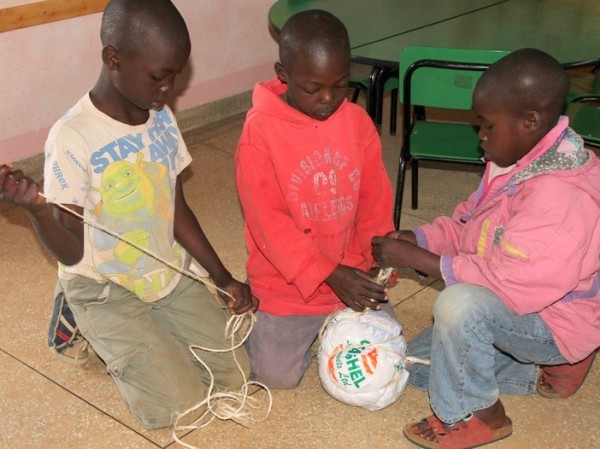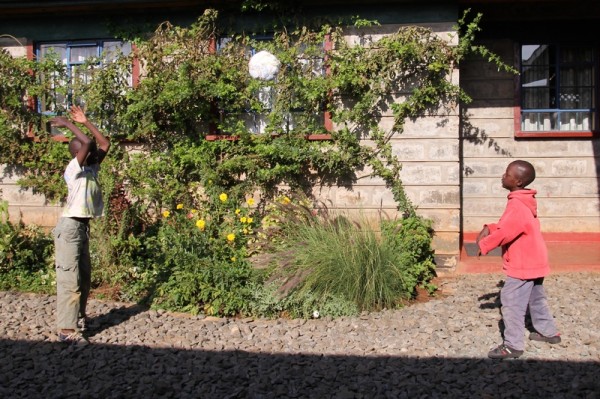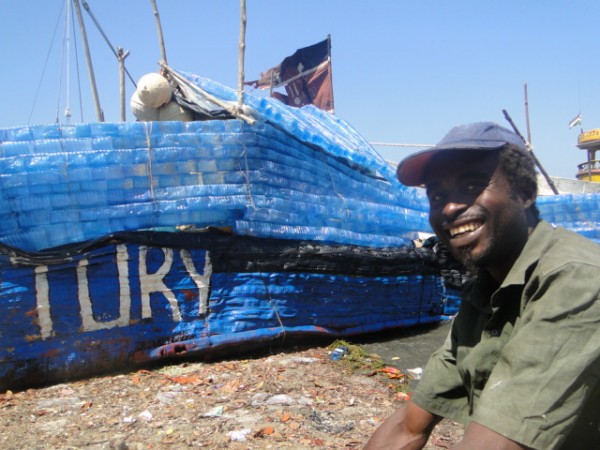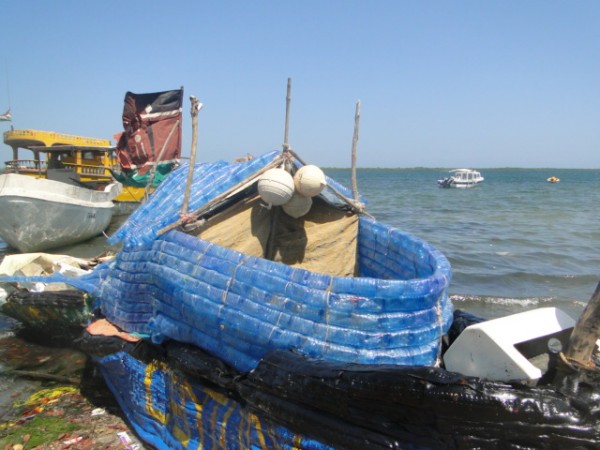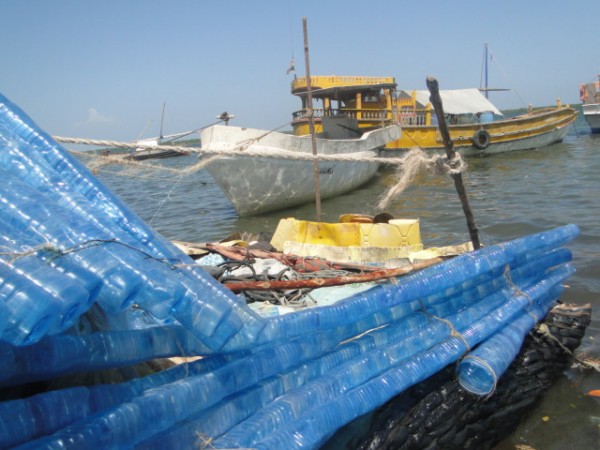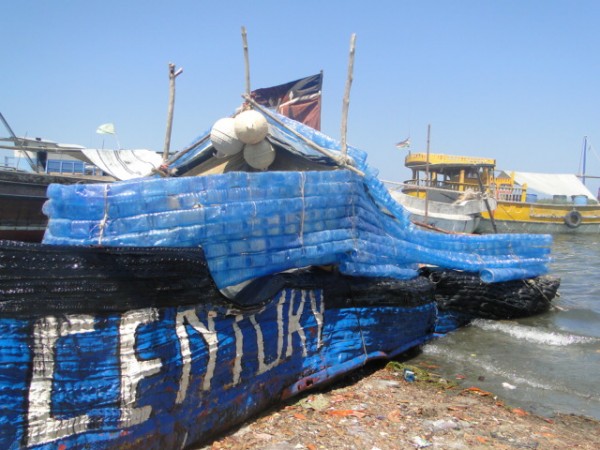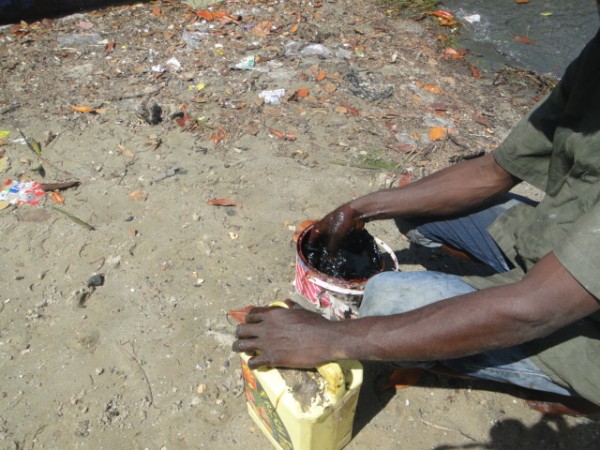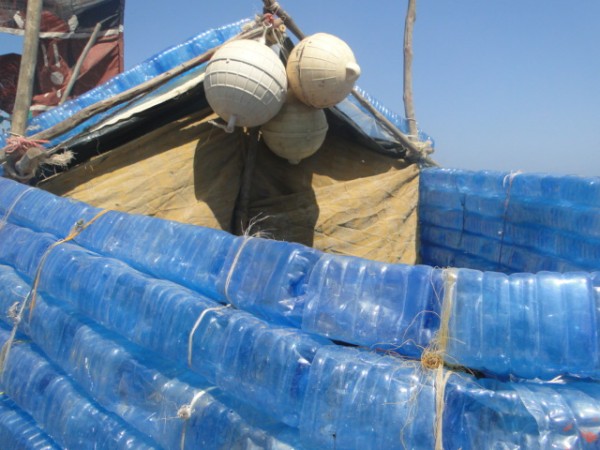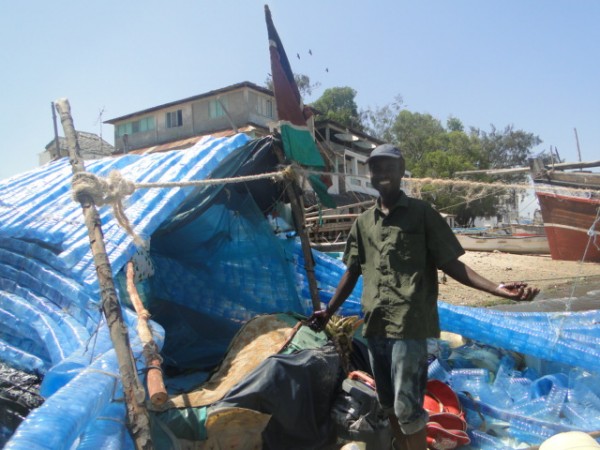“Safety First!”, you may think while watching the following video, but if the cheap (Chinese) polyethylene (?) extension cables just break too often due to rough handling and their low quality, chances are that someone will come up with an alternative. Like this young man in Kenya:
(no subtitles available on this one, sorry)
A young man from Kiandutu slums in Thika had always wanted to be an electrical engineer, but lack of fees denied him a chance to further his studies. And yet this has not dampen his resolve to put his mark on the world of electrical engineering.For starters, he has devised a way of making wooden extension cables, which as NTV’s Jane Ngoiri reports, is causing quite a stir in his neighbourhood. (src)
A max current set by the fuse and wooden frames that may easily burn or conduct electricity while wet probably aren’t the best conditions for this hardware hack, but hey: there’s obviously a demand for such an extension cable.






